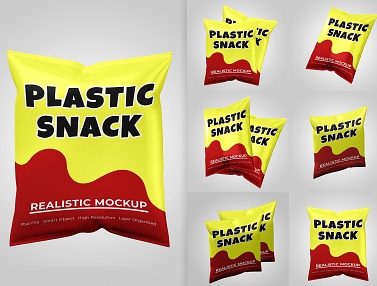Plastic packaging plays a crucial role in protecting products and extending their shelf life. However, with increasing environmental concerns, the future of plastic packaging design is evolving to become more sustainable and innovative.
1. Sustainable Materials:
One of the biggest trends in plastic packaging design is the shift towards using sustainable materials. Biodegradable plastics, compostable plastics, and recycled plastics are becoming popular alternatives to traditional petroleum-based plastics.
2. Eco-Friendly Design:
Designers are focusing on creating packaging that is not only sustainable but also eco-friendly. This includes using minimal packaging, reducing waste, and incorporating recyclable materials into the design.
3. Smart Packaging:
Technology is playing a significant role in the future of plastic packaging design. Smart packaging solutions, such as RFID tags, QR codes, and sensors, are being used to provide consumers with information about the product’s origin, ingredients, and expiration date.
4. Personalized Packaging:
Consumers are increasingly seeking personalized experiences, and packaging design is no exception. Brands are using personalized packaging to create a unique and memorable experience for consumers, such as custom labels or packaging designs.
5. Functionality:
Packaging design is not just about aesthetics; functionality is also a key factor. Designers are focusing on creating packaging that is easy to open, resealable, and convenient for consumers to use.
In conclusion, the future of plastic packaging design is moving towards sustainability, innovation, and functionality. By incorporating sustainable materials, eco-friendly designs, smart packaging solutions, personalized experiences, and functional designs, designers can create packaging that not only protects products but also minimizes environmental impact.

